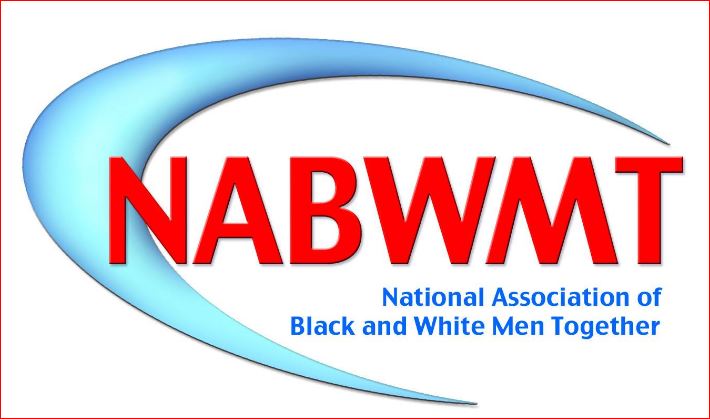The Proud Boys group according to the Southern Poverty Law Center was started in the the 2016 presidential election.
They are self-described “Western chauvinists” who deny any connection to the racist “alt-right.” They insist they are simply a fraternal group spreading an “anti-political correctness” and “anti-white guilt” agenda.
They showed up last month outside the school board building in Beloit, Wis., to protest school masking requirements.
They turned up days later at a school board meeting in New Hanover County, North Carolina, before a vote on a mask mandate.
Also in Downers Grove, Ill., they appeared when parents were trying to remove a nonbinary author’s graphic novel from public school libraries.
They have increasingly appeared in recent months at town council gatherings, school board presentations and health department question-and-answer sessions across the country.
Their presence at the events is part of a strategy shift by the militia organization toward a larger goal: to bring their brand of menacing politics to the local level.
For years, the group was known for its national profile. The Proud Boys were prominent at the Trump rallies. On Jan. 6, some Proud Boys members filmed themselves storming the U.S. Capitol to protest what they falsely said was an election that had been stolen from Trump.
Since then, the organization has been more muted. Or at least that was how it appeared.
They quietly shifted attention to local chapters. In small communities — usually suburbs or small towns with populations of tens of thousands — its followers have tried to expand membership by taking on local causes. That way, they said, the group can amass more supporters in time to influence next year’s midterm elections.
“The plan of attack if you want to make change is to get involved at the local level,” said Jeremy Bertino, a prominent member of the Proud Boys from North Carolina.
Online the Proud Boys’ main group in the United States has barely budged in number — with about 31,000 followers — over the last year.
Other far-right groups that were active during Mr. Trump’s presidency, such as the Oath Keepers and the Three Percenters, have followed the same pattern, researchers said.
The group, which is exclusively male, has espoused misogynistic, Islamophobic and anti-Semitic views.
Last year, Trump referred to them in a presidential debate when he was asked about white nationalist groups, replying, “Proud Boys, stand back and stand by.”
After the Jan. 6 Capitol attack, the group grew disillusioned with Trump who distanced himself from the riot and declined to offer immunity to those who were involved.
That was when the Proud Boys began concentrating on local issues. But as local chapters flourished, he said, the group “increased their radical tendencies” because members felt more comfortable taking extreme positions in smaller circles.
This year, members of the Proud Boys were recorded at 145 protests and demonstrations, up from 137 events in 2020, according to the Armed Conflict Location and Event Data Project, a nonprofit that monitors violence.
The change is very troubling and these racist groups appearances are expected to intensify before the midterms.
Proud Boys’ members often share news articles and video reports about students who were barred from schools for refusing to wear a mask or employees who were fired over a vaccine requirement.
“Think local, act local,” wrote a member online.
At some local meetings where the Proud Boys have shown up, they have spoken and threatened community leaders, according to news reports.
Often, their presence has been enough to disrupt events. Last month, the school board in Beloit, Wis., said it canceled classes because some of the Proud Boys were at a local protest over mask requirements.
In Orange County, Calif., the school board said in September that it would install metal detectors and hire extra security after several Proud Boys attended a meeting and threatened its members.
Another example: North Carolina law requires the county school board to vote on whether to continue a mask mandate for students each month, the district had handled many contentious meetings over the issue.
At a meeting five Proud Boys entered the room and stood in the back, Ms. Adams said. They folded their arms across their tactical vests and wore matching T-shirts with images of a rooster, the group’s insignia. While they did not speak publicly, video footage from the two-hour meeting showed them clapping and cheering as anti-mask speakers made their case.
This month, the board voted to make masks optional after the county’s health and human services board ended an indoor mask mandate. Ms. Adams said the Proud Boys did not show up at this month’s meeting. The NABWMT will continue to educate and push back on these groups and others that incite racism.

